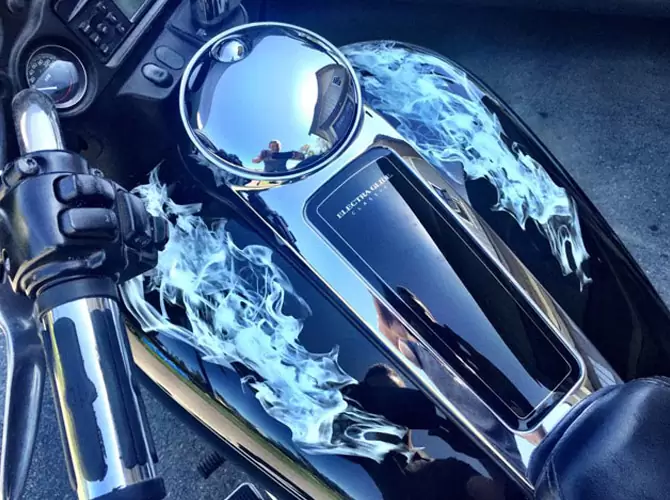Introduction:
Wrapping a motorcycle has become a popular alternative to painting, offering customization at a typically lower cost and with fewer permanent consequences. Wrapping involves applying vinyl or other materials to the bike’s surfaces, allowing for unique designs and easy removal. This comprehensive guide examines the costs associated with wrapping a motorcycle, factoring in variables such as material types, labor charges, customization options, and additional considerations, providing a detailed understanding of the overall expenses.
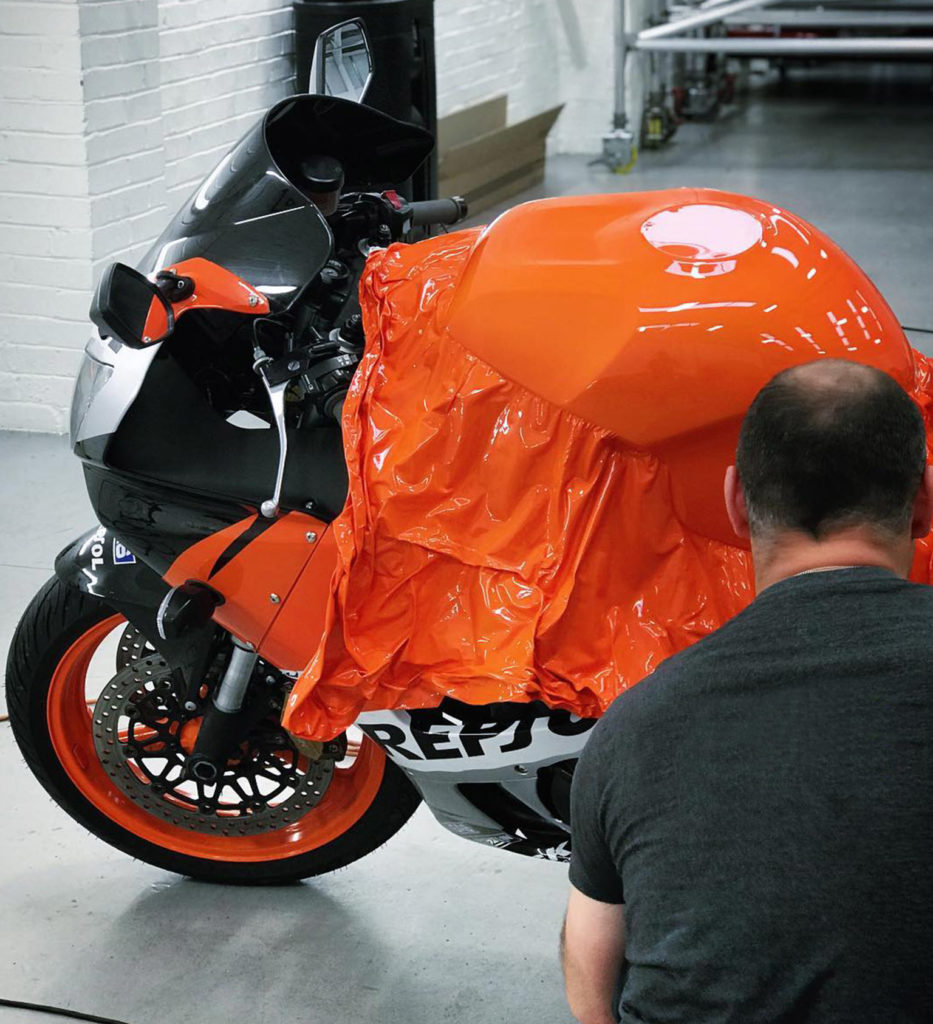
How Much Does It Cost to Wrap a Motorcycle?
Understanding Motorcycle Wrapping Basics
Before diving into the costs, it’s essential to grasp the basic concepts of motorcycle wrapping. Here’s an overview to set the stage.
Definition: Wrapping a motorcycle refers to adhering a vinyl film over its exterior surfaces. The wrap can mimic paint finishes, carbon fiber patterns, chrome, matte textures, and even custom designs.
Process: The process includes preparing the surface, measuring and cutting the vinyl, applying it carefully, and smoothing out air bubbles and wrinkles. Skilled technicians perform this meticulous work to ensure a seamless finish.
Benefits: Motorcycle wraps offer significant advantages, such as protecting the original paint, allowing for extensive customization, being reversible, and generally costing less than a professional paint job.

Material Options and Costs
Different types of vinyl materials are available, each affecting the overall cost of wrapping a motorcycle. Here’s a breakdown of common options and their cost implications.
Standard Vinyl: Standard vinyl wraps with solid colors are the most affordable option. They typically range from $500 to $1000 for a complete motorcycle wrap. The cost varies based on the quality and brand of the vinyl.
Matte Vinyl: Matte finishes provide a subdued, non-glossy appearance that adds a unique touch to motorcycles. These wraps usually cost between $600 and $1200, depending on the brand and quality.
Gloss Vinyl: Gloss vinyl mimics the shiny appearance of traditional paint and is a popular choice for those seeking a high-gloss finish. Gloss wraps can cost $700 to $1300, reflecting the quality and brand.
Carbon Fiber Vinyl: Carbon fiber wraps replicate the look of carbon fiber at a fraction of the cost of real carbon fiber. These wraps are more expensive, usually ranging from $800 to $1400, due to the complex texture and appearance.
Chrome and Metallic Vinyl: Chrome and metallic wraps are among the most premium options, providing a highly reflective and eye-catching finish. These wraps generally cost from $1000 to $2000, based on quality and brand.
Custom Designs: Custom-designed wraps that incorporate graphics, logos, or intricate patterns are the most expensive due to the additional design work and complex application. Costs can range from $1500 to $4000 or more, depending on the intricacy and size of the design.
Labor and Installation Costs
Labor and installation play a critical role in the cost of wrapping a motorcycle. Skilled technicians ensure the wrap is applied flawlessly, impacting the final expense.
Professional Installation: A professional wrap installation ensures high-quality results. Labor costs typically range from $500 to $1500, depending on the complexity of the job, the reputation of the installer, and regional price variations.
DIY Kit Costs: For those with the skills and confidence to apply the wrap themselves, DIY kits are an option. These kits cost between $300 and $800, including the vinyl material and essential tools like squeegees, cutting utensils, and application fluid.
Duration of Installation: The time required to wrap a motorcycle affects labor costs. A standard wrap may take 8-12 hours, while custom designs or more intricate wraps can take 15-20 hours. Labor rates are generally calculated hourly.
Local Labor Rates: The cost of labor can vary significantly depending on your geographical location. Urban areas with a higher cost of living will generally charge more than rural or less populated regions.
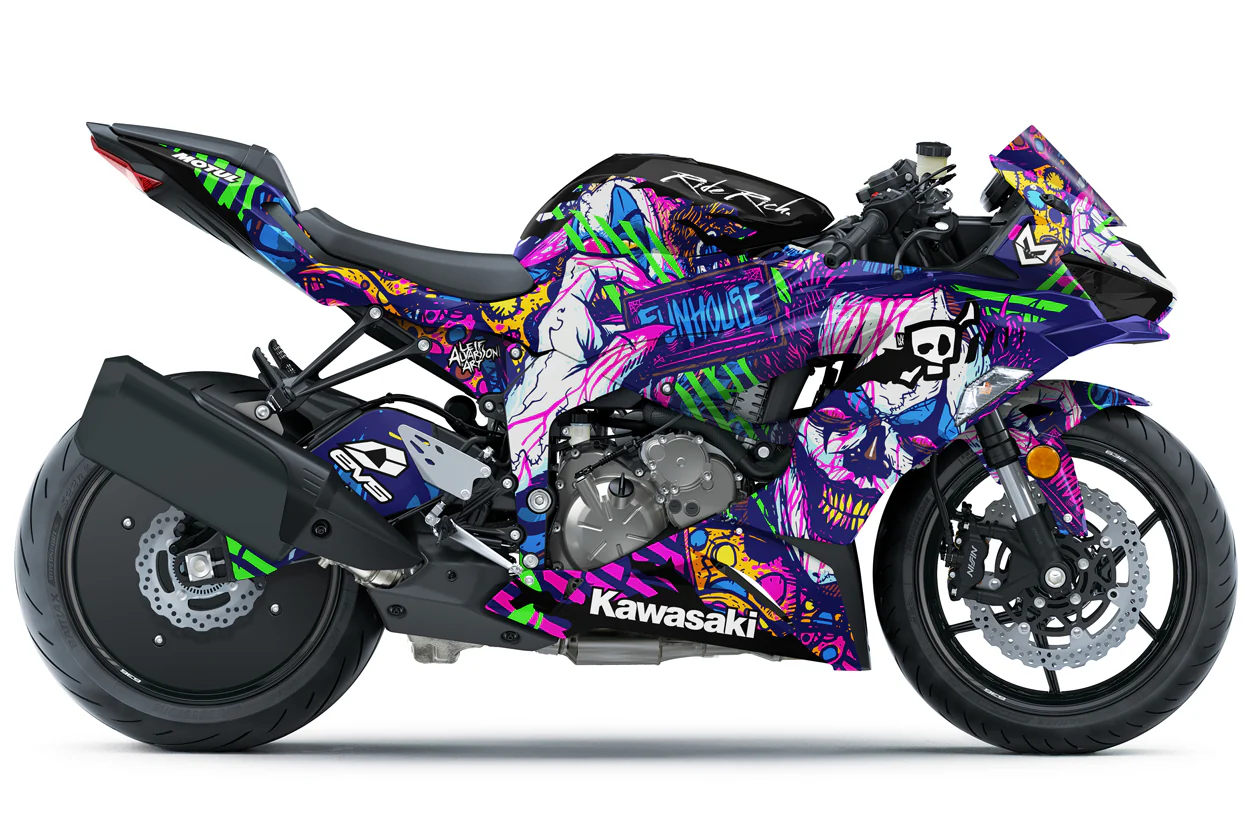
Customization and Additional Features
Customizing your wrap and adding special features increase the overall cost but provide a unique and personalized appearance.
Custom Graphics: Incorporating custom graphics or logos into the wrap design elevates the cost due to the extra design work and precision required. Design fees range from $200 to $1000, depending on the complexity and scale.
Special Finishes: Additional finishes, such as matte, satin, or high-gloss overlaminates, enhance the wrap’s appearance and protection. These features can add $100 to $500 to the total cost.
Protective Coatings: Applying protective coatings like ceramic or UV-protective layers extends the wrap’s lifespan and enhances durability. These coatings can cost an additional $100 to $300.
Partial Wraps: Opting for a partial wrap (e.g., just the tank or fairings) reduces costs compared to a full wrap. Partial wraps typically cost $200 to $700, depending on the area and complexity.
Factors Influencing Cost Variation
Several factors influence the cost variation when wrapping a motorcycle. Understanding these elements helps in planning and budgeting for the wrap.
Motorcycle Size and Model: The size and model of the motorcycle affect the amount of material required and the complexity of the application. Larger bikes or those with intricate bodywork may cost more to wrap.
Wrap Brand and Quality: Higher-quality vinyl from reputable brands ensures better durability, appearance, and ease of application, but they come at a higher cost. Brands like 3M, Avery Dennison, and Oracal are known for their quality.
Current Condition of Paint: If the motorcycle’s paint is in poor condition, additional preparation work may be needed, increasing labor costs. Smooth, clean surfaces facilitate better adhesion and result in superior wrap quality.
Regional Price Differences: Geographical location influences labor and material costs. Areas with a higher cost of living will generally see higher prices for wrapping services.
Complexity of Design: Intricate designs or those requiring multiple colors and patterns increase the time and skill needed for application, driving up the cost.
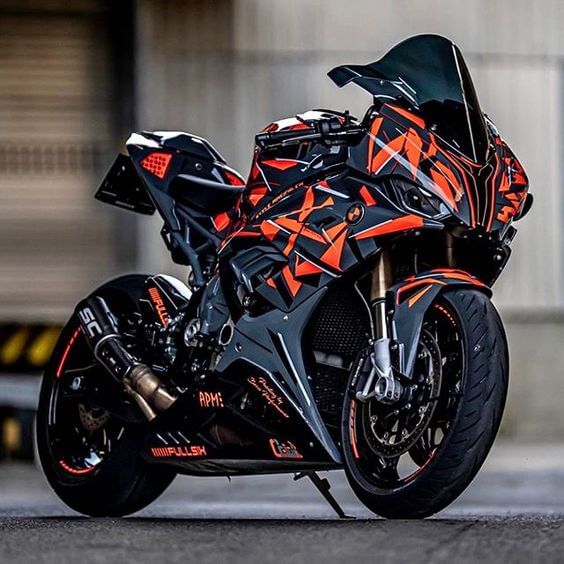
Longevity and Maintenance of Motorcycle Wraps
Motorcycle wraps can last several years with proper care, but factors like material quality and exposure to elements influence their lifespan. Here’s how to maintain and ensure longevity.
Expected Lifespan: Quality vinyl wraps generally last between 3 to 7 years. Factors such as exposure to UV rays, physical wear, and maintenance practices impact longevity.
Regular Cleaning: Wash the motorcycle regularly to remove dirt and debris that can damage the wrap. Use gentle, non-abrasive cleaning products and avoid high-pressure washes.
Avoiding Harsh Conditions: Minimize exposure to harsh conditions like extreme sun, saltwater, and abrasive materials. Parking in shaded areas or using a motorcycle cover helps protect the wrap.
Repair and Touch-Up: Address any minor damages or peeling promptly. Many installers offer touch-up services for small repairs, extending the wrap’s lifespan.
Reapplication and Removal Costs: When the wrap’s lifespan ends, removal costs range from $200 to $500, depending on the wrap’s condition and size of the motorcycle. Rewrapping will involve the same costs as the initial application.
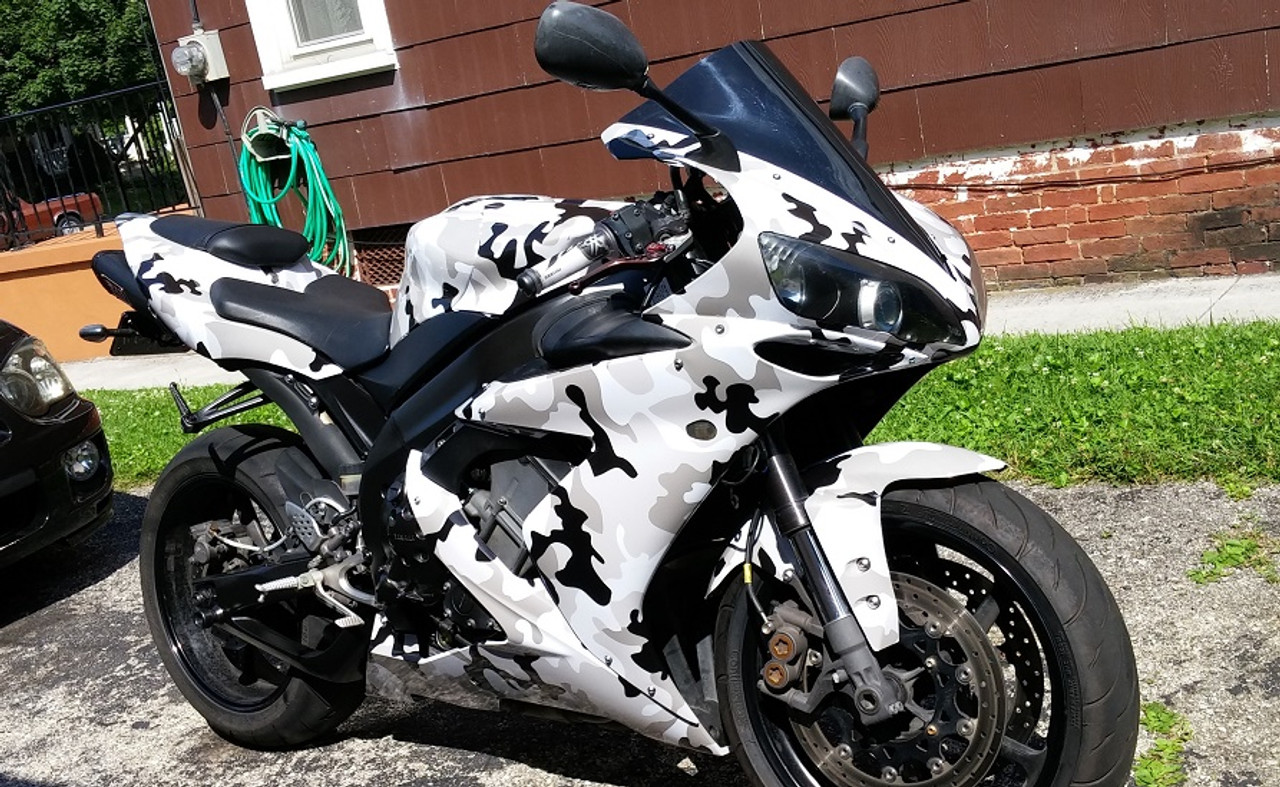
Environmentally Friendly Practices
Wrapping a motorcycle can be done with environmentally responsible practices in mind. Here are some tips to minimize environmental impact.
Recyclable Materials: Opt for wraps made from recyclable materials and ensure proper disposal or recycling of the old wrap material.
Eco-Friendly Inks: For custom designs, choose prints that use eco-friendly inks to minimize environmental harm.
Local Installers: Support local installers to reduce the environmental footprint associated with transportation and logistics.
Long-Lasting Materials: Invest in high-quality, long-lasting vinyl to reduce the frequency of rewrapping and minimize waste.
Conclusion
The cost to wrap a motorcycle varies widely, influenced by factors such as material type, labor charges, customization options, and geographical location. Understanding these variables helps in making informed decisions and planning your budget effectively. By choosing the right materials, working with skilled installers, and considering additional features and maintenance, you can achieve a stunning, personalized motorcycle wrap that suits your style and needs. This comprehensive guide provides the insights needed to navigate the wrapping process, ensuring an investment that enhances both the aesthetics and protection of your motorcycle.

